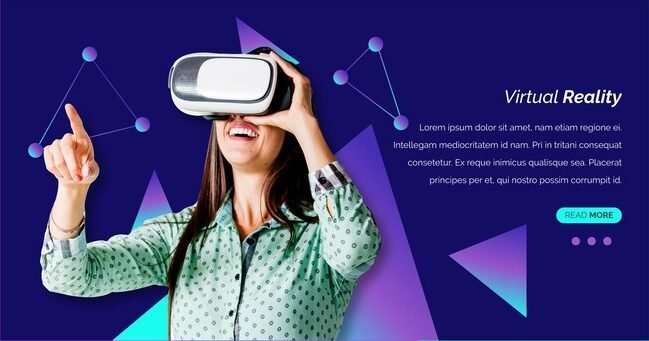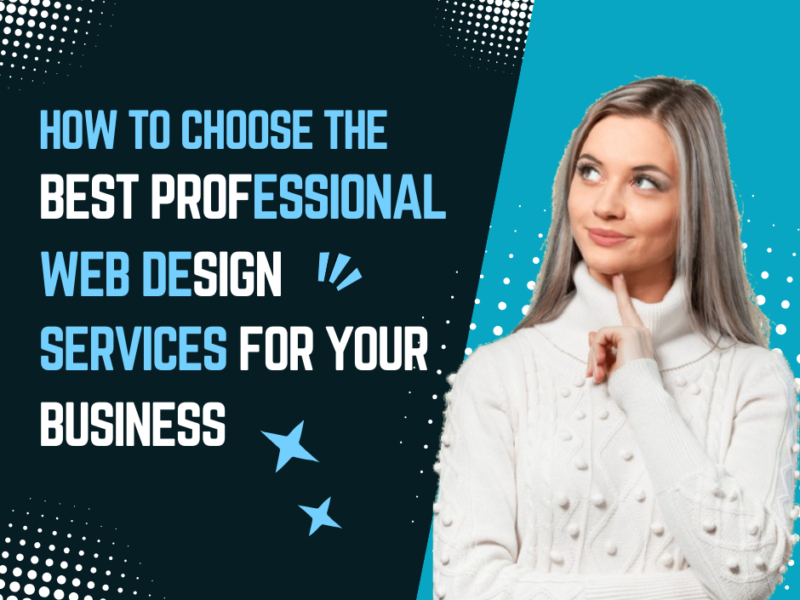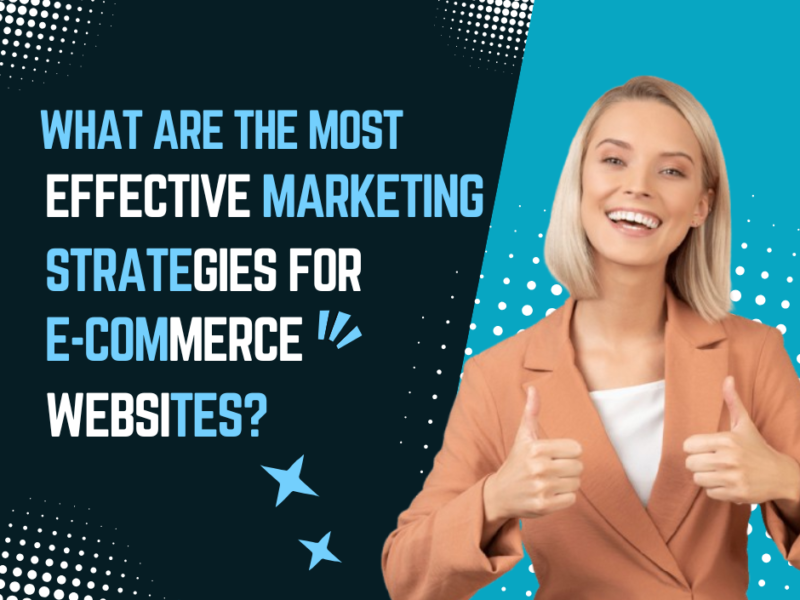How to Use VR in Web Design:
The digital landscape is ever-evolving, with new technologies constantly reshaping the way we interact online. One of the most groundbreaking advancements in recent years is Virtual Reality (VR). While traditionally associated with gaming and simulation, VR now makes significant inroads into web design. This article explores how VR in Web Design can be used in web design, the benefits it offers, and practical steps for integrating this immersive technology into your web projects.
Virtual Reality (VR) in web design refers to the use of VR technology to create immersive and interactive web experiences. Unlike traditional web interfaces, VR places users within a simulated environment, allowing them to engage with content more dynamically and intuitively. This integration of VR into web design can enhance user engagement, provide unique ways to present information and open up new possibilities for online interactions.
Essential VR in Web Design Tools:-
To effectively implement VR in web design, you’ll need to utilize specialized tools and frameworks. Here are some of the top tools for integrating VR into your web projects:
1. A-Frame:
A-Frame is an open-source web framework for building VR experiences. It simplifies the process of creating VR environments using HTML-like syntax.
Features:
1.Easy-to-use components.
2. cross-platform compatibility.
3. integration with various VR devices.
Use Case:
Ideal for creating immersive 3D scenes and interactive VR experiences directly in the browser.
2.Three.js:
Three.js is a JavaScript library that enables the creation of 3D graphics in the browser. It can be used to build complex VR environments and visualizations.
Features:
1. High-performance rendering.
2. extensive documentation.
3. a large community.
Use Case:
Best suited for advanced 3D modeling and rendering within VR environments.
Also read: Best Top13 AI SEO Tools: Boost Rankings
3. WebVR API:
The WebVR API is a JavaScript API that allows web developers to create VR experiences directly within the browser.
Features:
1. Supports a range of VR devices.
2. provides access to VR hardware.
3. and integrates with other web technologies.
Use Case:
Useful for building VR experiences that require direct interaction with VR hardware.
4. Babylon.js:
Babylon.js is a powerful 3D engine that supports both WebGL and WebXR, enabling the creation of high-quality VR experiences.
Features:
1. Advanced rendering capabilities.
2. physics engine.
3. and extensive documentation.
Use Case:
Ideal for creating complex and interactive 3D environments in VR.
Benefits of VR in Web Design:-
1. Enhanced User Engagement: VR can significantly increase user engagement by offering an interactive and immersive experience that captures users’ attention and encourages them to explore content more deeply.
2. Improved User Experience: By simulating real-world environments or creating entirely new ones, VR can make user interactions more intuitive and enjoyable, leading to a better overall experience on your website.
3. Increased Conversion Rates: Immersive VR experiences can help boost conversion rates by offering a more compelling way to showcase products or services, making it easier for users to make informed decisions.
4. Innovative Marketing: VR opens up creative avenues for marketing, such as virtual product demonstrations, interactive advertisements, and virtual tours, which can help differentiate your brand and attract more attention.
Steps to Incorporate VR in Web Design:-
1. Assess Your Audience: Before integrating VR, consider whether your target audience has access to VR technology and if they would benefit from a VR-enhanced web experience.
2. Choose the Right Tools: Utilize VR-friendly design tools and platforms, such as A-Frame, Three.js, or the WebVR API, to develop and implement your VR content effectively.
3. Design for Accessibility: Ensure that your VR content is accessible to a broad audience by providing alternative experiences for users without VR capabilities and optimizing for various devices and browsers.
4. Optimize for Performance: VR content can be demanding on system resources, so it’s essential to optimize your website to ensure smooth performance and fast load times.
5. Test Thoroughly: Conduct extensive testing across different devices and browsers to ensure compatibility and a seamless experience for all users.
Challenges and Considerations:-
1. High Development Costs: Developing VR content can be expensive and time-consuming.
2. Technical Limitations: Not all users have access to VR technology, and performance issues can arise.
3. User Experience: Poorly designed VR experiences can be disorienting and frustrating for users.
Future of VR in Web Design:-
As VR technology continues to evolve, its application in web design will become more widespread. Advances in hardware and software will make VR more accessible and easier to implement, opening up new possibilities for creating immersive online experiences.
Practical Applications of VR in Web Design:-

1. Virtual Tours: Real estate websites can offer virtual tours of properties, allowing potential buyers to explore homes from the comfort of their devices.
2. Product Demonstrations: E-commerce sites can use VR to provide 3D models of products that users can interact with, offering a more detailed view and enhancing the online shopping experience.
3. Interactive Storytelling: Media and entertainment websites can create immersive storytelling experiences that draw users into the narrative, making content more engaging.
4. Educational Experiences: Educational platforms can leverage VR to provide virtual field trips and interactive lessons, making learning more engaging and effective.
FAQs:-
Q: What is VR in web design?
A: VR in web design involves integrating Virtual Reality technology into websites to create immersive and interactive experiences.
Q: What tools are used for VR in web design?
A: Common tools for VR in web design include A-Frame, Three.js, and the WebVR API.
Q: What are the benefits of using VR in web design?
A: Benefits include increased user engagement, improved user experience, higher conversion rates, and innovative marketing opportunities.
Q: What are some applications of VR in web design?
A: Applications include virtual property tours, 3D product demos, interactive storytelling, and virtual educational experiences.
Q: What challenges are associated with VR in web design?
A: Challenges include high development costs, technical limitations, and ensuring a positive user experience.
Q: How can I make my VR content accessible?
A: Make VR content accessible by ensuring compatibility with various devices and browsers and offering alternative experiences for users without VR technology.
Q: Is VR in web design suitable for all websites?
A: VR is particularly suited for websites that benefit from immersive experiences, such as real estate, e-commerce, media, and educational sites.
Conclusion:
The integration of VR in web design represents a significant leap forward in creating immersive and interactive online experiences. By leveraging VR technology, web designers can enhance user engagement, improve the overall experience, and explore innovative ways to present content. As VR technology continues to advance, its potential applications in web design will only expand, offering exciting new opportunities for creating unique and compelling online experiences.








